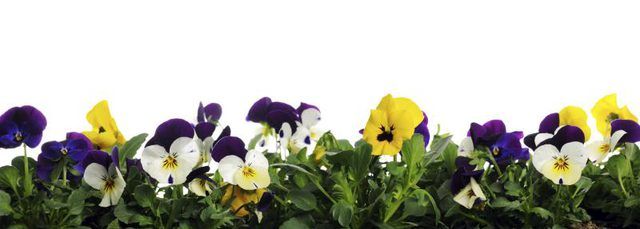Bulbs
Flower Basics
Flower Beds & Specialty Gardens
Flower Garden
Garden Furniture
Garden Gnomes
Garden Seeds
Garden Sheds
Garden Statues
Garden Tools & Supplies
Gardening Basics
Green & Organic
Groundcovers & Vines
Growing Annuals
Growing Basil
Growing Beans
Growing Berries
Growing Blueberries
Growing Cactus
Growing Corn
Growing Cotton
Growing Edibles
Growing Flowers
Growing Garlic
Growing Grapes
Growing Grass
Growing Herbs
Growing Jasmine
Growing Mint
Growing Mushrooms
Orchids
Growing Peanuts
Growing Perennials
Growing Plants
Growing Rosemary
Growing Roses
Growing Strawberries
Growing Sunflowers
Growing Thyme
Growing Tomatoes
Growing Tulips
Growing Vegetables
Herb Basics
Herb Garden
Indoor Growing
Landscaping Basics
Landscaping Patios
Landscaping Plants
Landscaping Shrubs
Landscaping Trees
Landscaping Walks & Pathways
Lawn Basics
Lawn Maintenance
Lawn Mowers
Lawn Ornaments
Lawn Planting
Lawn Tools
Outdoor Growing
Overall Landscape Planning
Pests, Weeds & Problems
Plant Basics
Rock Garden
Rose Garden
Shrubs
Soil
Specialty Gardens
Trees
Vegetable Garden
Yard Maintenance
How to Cut Back Pansies
How to Cut Back Pansies. Gardeners prize pansies (Viola x wittrockiana) for their hardiness and colorful blooms. Though botanically perennials and biennials, pansies are often grown as annuals, and pruning is not required. When done properly, however, this task can help to protect your plants from disease and maximize the flowering show. Pruning...

Gardeners prize pansies (Viola x wittrockiana) for their hardiness and colorful blooms. Though botanically perennials and biennials, pansies are often grown as annuals, and pruning is not required. When done properly, however, this task can help to protect your plants from disease and maximize the flowering show. Pruning recommendations for pansies are applicable for all plants regardless of whether they are grown as annuals, perennials or biennials.
A Cut Above
Pansies have very thin stems, so hand-held bypass pruners or shears are appropriate for trimming. Pruners have smaller blades that work well when less plant material needs to be removed, while shears are longer and more suitable for cutting back more plant growth. The blades should be kept sharp to ensure straight cuts, as opposed to ripping that may occur with dull blades. Ripping the stems creates more wounds and more opportunities for diseases to enter. Diseases can be transmitted from one plant to another through the blades. By wiping down the pruner blades with a solution of 1 part bleach to 9 parts water, the risk of cross-contamination is reduced.
Spent Flowers
Flowers that have wilted and lost their color can be removed from the plant by cutting or pinching the stem of the flower. Flower stems are typically 2 to 3 inches in length and can be trimmed at the base so the cut is covered by the leaves of the plant. This task is done to reduce the risk of disease that can be harbored in plant debris and improve the appearance of the plant. Additionally, it can increase the number of blooms and length of bloom season by preventing the plant from expending energy on setting seeds.
Scraggly Growth
Established pansies can reach a height of 6 to 8 inches and a width of about 8 to 12 inches. Plants started in the spring will likely begin to appear leggy by the end of the season even in proper growing conditions. This term is used to describe plant stems that are elongated, taking away from the plant's attractive display. For pansies grown in hanging baskets, where a greater spread is typically desirable, up to one-third of the plant growth can be cut back. For pansies grown in containers or in the ground, compact, bushy growth is ideal. Remove up to one-half of the plant growth, including flowers, leaves and stems. Use shears and form the plant into a mounded shape. Cutting back the plant in this way will encourage it to branch out more and promote flowering.
Frost Damage
Pansies are tolerant of U.S. Department of Agriculture zones 6 through 10. Though they can survive short bouts of exposure to temperatures below freezing, they may begin to show signs of injury, especially when temperatures drop below 25 degrees Fahrenheit. Frost damage can be diagnosed by withered leaves and/or stems with dark brown or black spots. Symptomatic leaves and stems can be removed from the plant using pruners. This will improve the appearance of the plant while also reducing the risk of insects and disease that thrive in debris.